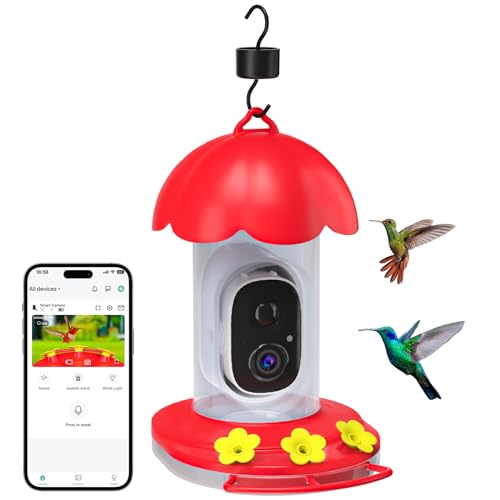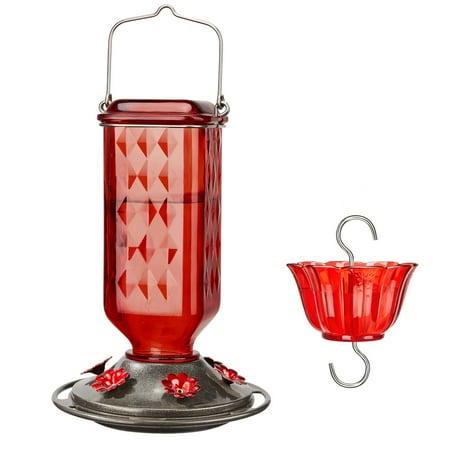Be alert ahead of May pruning – here's how to spot hummingbird nests in your yard, and keep them safe during breeding season
Keep an eye out for nesting female hummingbirds during spring to avoid causing damage
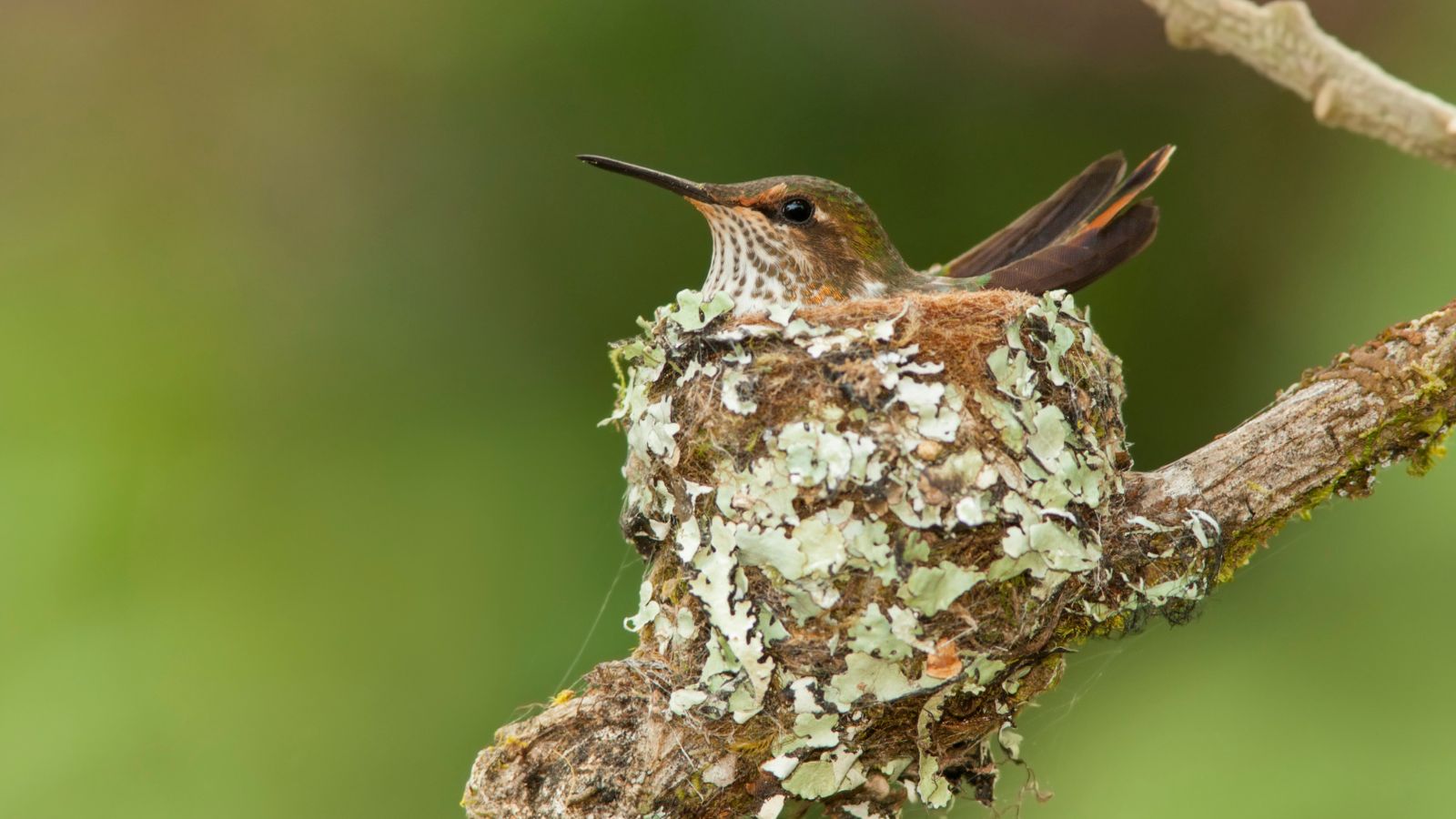

If you are anything like me, by May, you will be in full garden mode, sowing seeds, deadheading blooms, and trimming winter-flowering shrubs and trees. But before you reach for the pruning shears, there’s a reason to pause and slow down. During spring, many female hummingbirds are nesting. And, as you might know, these tiny birds create tiny nests, so small and expertly camouflaged, it’s often easy to miss them altogether.
During March, April and May, these miniature birds build intricate, lichen-covered nests barely the size of a golf ball, as can be seen in the images here. They tuck them into forked branches and overgrown shrubs, exactly the spots many of us might consider trimming and tidying at this time. That’s why, before you grab the pruners this month, it’s worth watching for signs of nesting activity.
Here, one wildlife expert reveals where to spot hummingbirds that might be nesting. With a small amount of care, we can all play a part in protecting one of the most remarkable birds and their young.
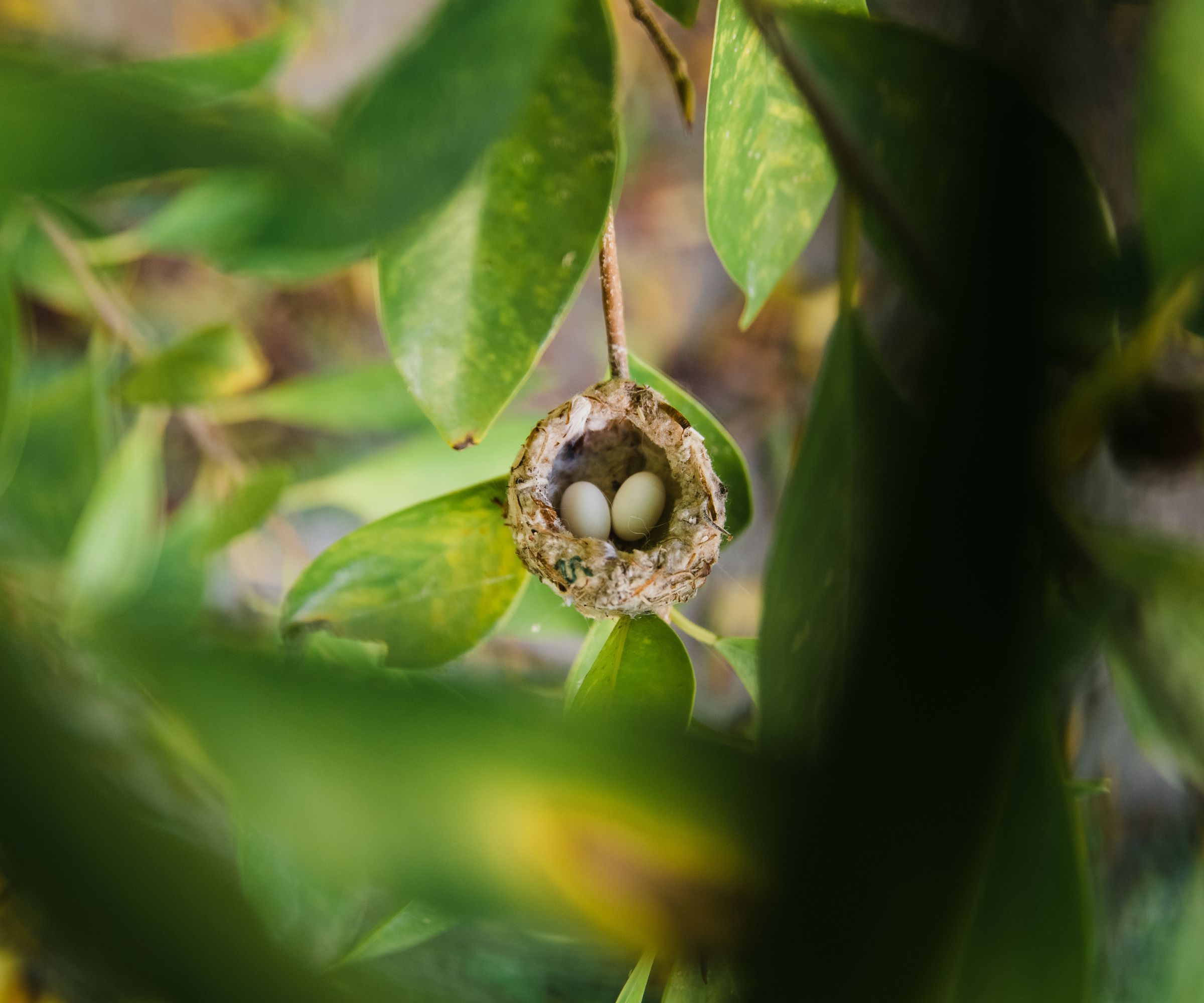
How to spot hummingbird nests in your yard
Regardless of where you live and your US hardiness zone, hummingbird migration will be well underway during spring, with many species returning northwards from March onwards.
Take the Rufous hummingbird, for instance, which has one of the longest migrations of any species, typically travelling over 2,000 miles from Mexico to the northwest United States.
On arrival at the breeding grounds, female Rufous hummingbirds will begin nesting within a few days. They do this without any help from the male, using a variety of materials gathered from backyards.
How to identify hummingbird nests
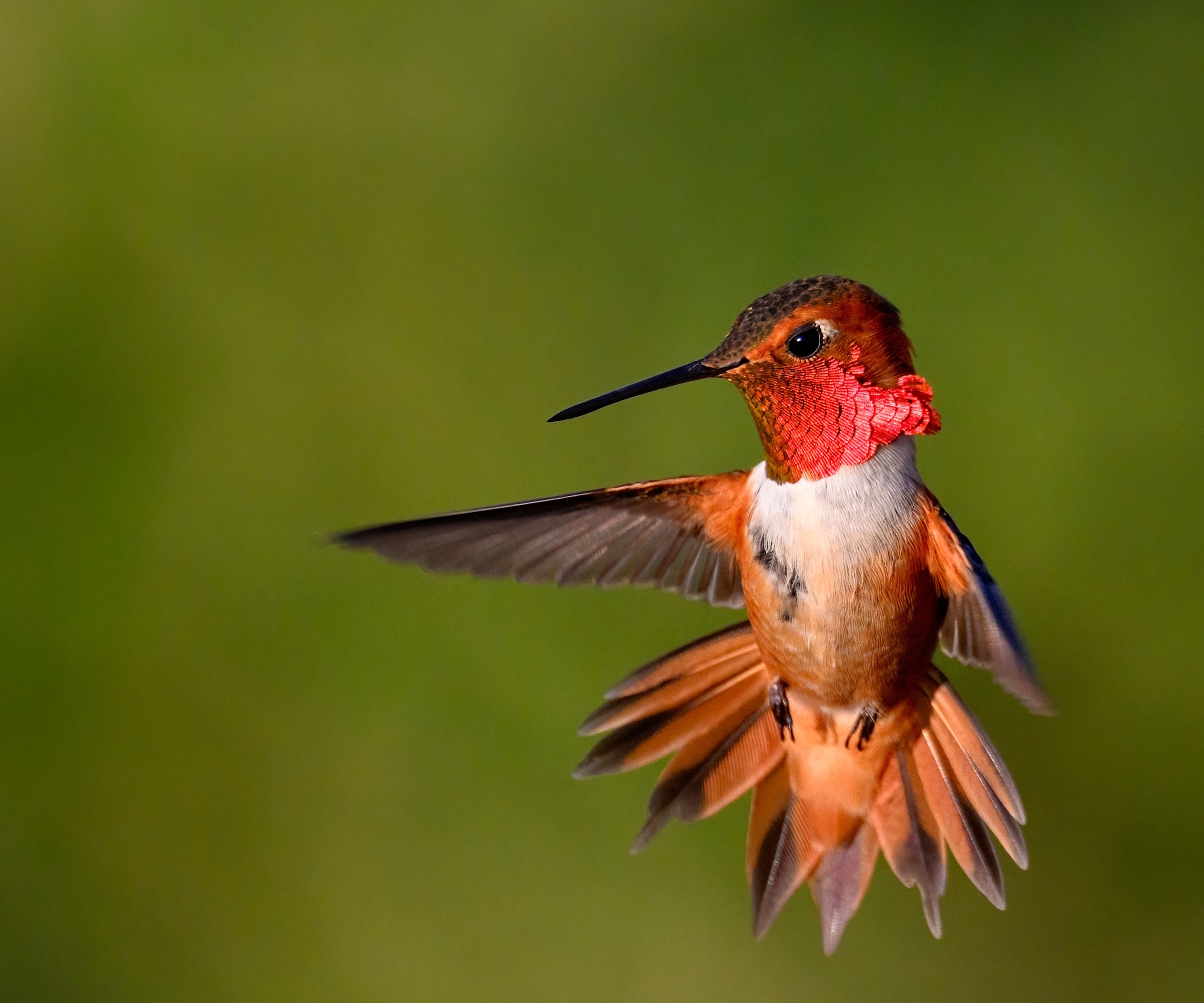
'Hummingbirds are masters of disguise,' says Reese Robbins, garden expert and creator of Just Pure Gardening.
Design expertise in your inbox – from inspiring decorating ideas and beautiful celebrity homes to practical gardening advice and shopping round-ups.
'They don't use hummingbird houses,' Reese adds. 'Instead, they build tiny nests, often about the size of a ping pong or golf ball. I find that they are well-camouflaged in trees or shrubs, sometimes 10 to 20 feet off the ground.
'The nests are made of soft plant materials that these winged wonders have scavenged from the yard. Think mosses, lichen and spider webs, which helps to make the nests stretchy to accommodate growing chicks.'
When learning how to spot hummingbird nests, the best approach is often to slow down and observe.
'Before reaching for your essential pruning tools, just watch for signs of hummingbird activity,' Reese adds. 'Do you notice a hummingbird repeatedly returning to one particular shrub? Is there a quiet chirping sound when you walk past?'
In most cases, male hummingbirds sport brighter colored feathers, from iridescent blues and greens to vibrant reds and oranges. In contrast, many females tend to have a more subdued plumage, so these are the ones to watch out for.
And, if you suspect one is nesting in a shrub or tree, it’s best to hold off pruning for a few weeks until summer.
If you are keen to help garden birds in summer, it is also a good idea to invest in a bird bath. Hummingbirds need water, which is crucial during those long, hot June and July days. Try this vintage-looking blue bird bath, available on Amazon, for an antique aesthetic in your borders this year.
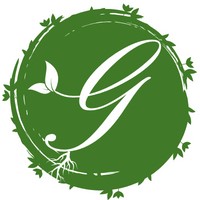
Reese L. Robbins is the founder of Just Pure Gardening, a site full of fruit and vegetable growing guides, garden ideas, and garden product reviews.
How to protect hummingbird nests
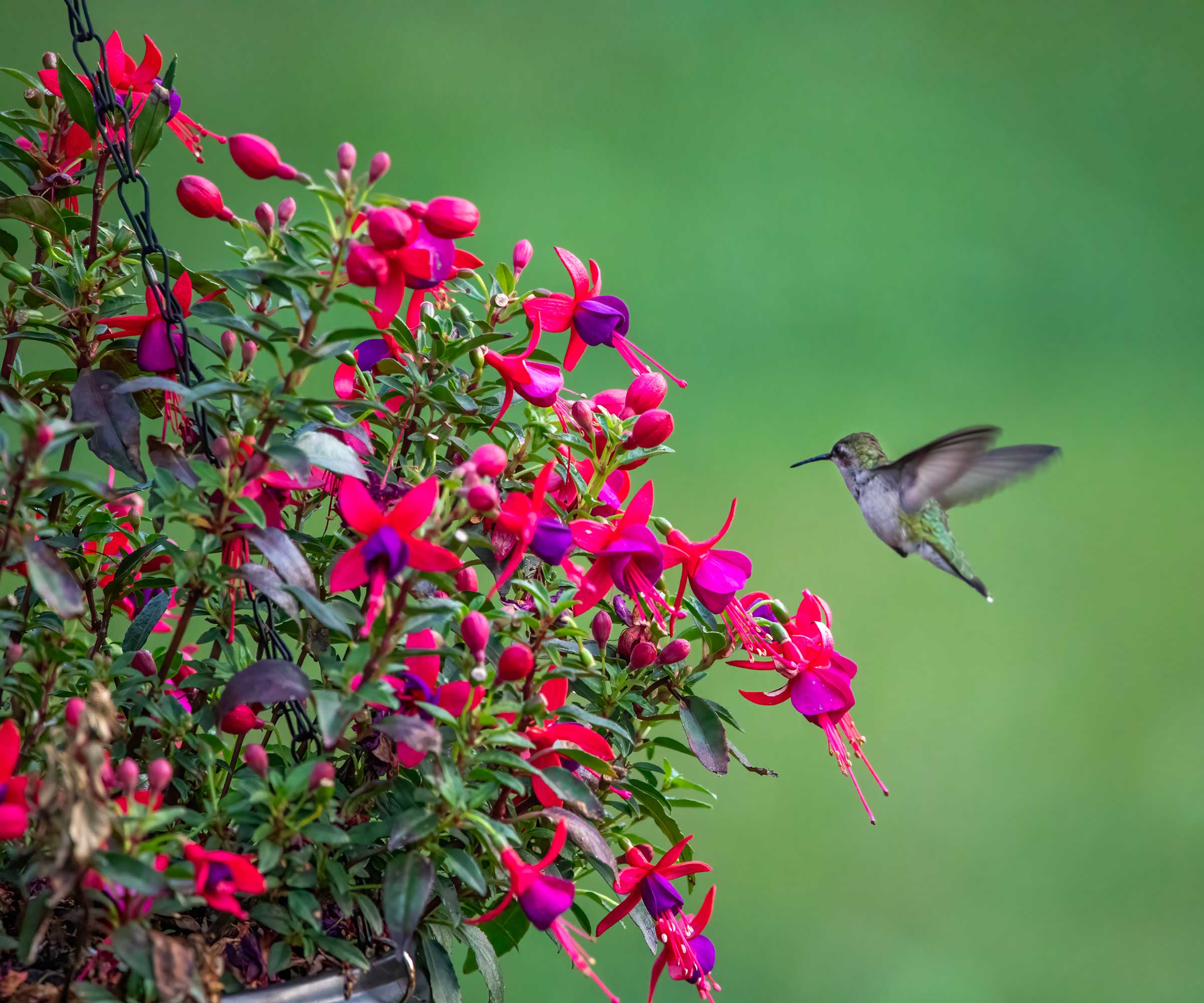
'If you have completed some spy work in your wildlife garden and think there might be a nest or two present, the trick is to hold off on your pruning,' Reese adds.
'It is best to keep a respectful distance, at least until late June or early July, when most chicks will have hatched and fledged.'
Take the example of the Rufous hummingbird, again. Females tend to incubate their eggs for 15 to 17 days, after which time, their offspring remain in the nest for approximately 20 days before leaving. So, waiting until July before shaping, trimming and pruning is the best approach.
Rufous hummingbirds only raise one brood a year, although some species, such as Anna's hummingbirds, which reside in the Pacific Coast states, usually have two to three broods annually.
So, it might be the case to give wild gardening a go, and leave some of your trees and shrubs to take a more natural shape.
If you want more inspiration regarding how to attract hummingbirds to your borders, try this hummingbird and butterfly seed mix, available via Amazon.
These wildflower seeds are a great option to fill borders with colorful and nectar-rich zinnias, poppies and cosmos, which visiting hummingbirds will appreciate.
FAQs
What plants will attract nesting hummingbirds to my plot?
Any nectar-rich, tubular flowers are a good way to entice hummingbirds to visit or nest in your yard. Think native bee-balm, otherwise known as Monarda, or the cardinal flower, both of which are good options. Alternatively, many climbing plants can help, such as the cardinal creeper or the trumpet vine.
If you are keen to support and help hummingbirds and other wildlife in your yard this year, the best thing you can do is limit or ban any chemical use. That means no lawn killer or pest spray, which can have a negative or lethal impact on insects and birds.
For more information, see our guide on how to boost biodiversity in your yard this year.
Shop hummingbird accessories

Thomas is a Content Editor within the Gardens Team at Homes and Gardens. He has worked as a professional gardener for both public spaces and private estates, specializing in productive gardening, growing food and flowers. Trained in Horticulture at the Garden Museum, he has written on gardening and garden history for various publications, including The English Garden, Gardens Illustrated, Hortus, The London Gardener and Bloom. He has co-authored a Lonely Planet travel book, The Tree Atlas, due out in 2024.
You must confirm your public display name before commenting
Please logout and then login again, you will then be prompted to enter your display name.
